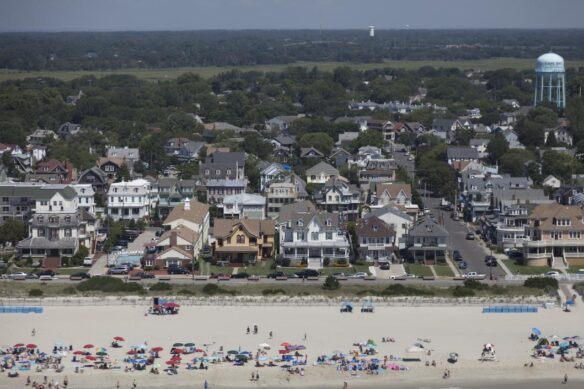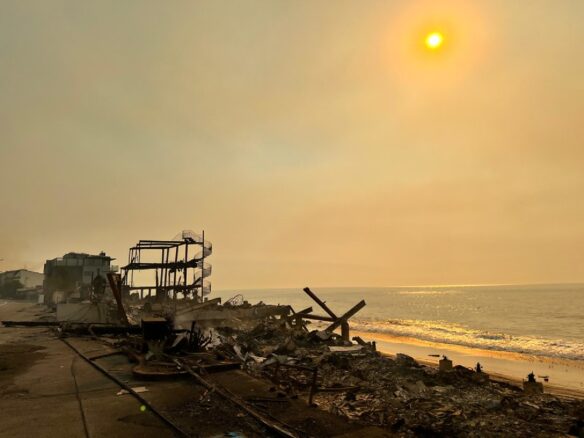Excerpt:
As Hurricane Milton roars toward Florida’s west coast with winds that spiked to a staggering 180 miles per hour, we are witnessing a new reality. Supercharged hurricanes are no longer outliers, freak disasters or storms of the century. Fossil fuel pollution has made them a fixture of life around the world, and they are going to get worse — with millions of people in their cross hairs…
Many Americans refuse to believe that a major hurricane could hit them. The United States government isn’t much better. Flood insurance remains optional for many coastal residents. Homes continue to be built — and rebuilt — in low-lying flood zones. State governments often lack the funds and staffing to manage recovery. Some loans from the Federal Emergency Management Agency to rebuild are contingent on good credit. But if we are going to withstand this new era of extreme weather, we need to be honest about what has become the most expensive and deadliest kind of natural disaster in the country.
I spent the past three years sailing through storms and visiting research labs around the world to learn about the recent increase in extreme cyclones. I spoke to captains who logged changes in the Gulf Stream, the jet stream, trade winds and storm seasons. I interviewed scientists who studied amplifying typhoons in the Pacific, whose barometric pressure could drop so low that they triggered a spider web of earthquakes. I studied major cyclones that hit parts of the Middle East for the first time and some of the first hurricane landfalls to strike Europe. Experts consistently tied storm intensity, range and destruction to carbon dioxide in the atmosphere — and said that if we reduced it, storm intensity would diminish in lock step.
Here is a glimpse of where we are headed. The heat accumulating in the ocean from global warming will make tropical cyclones last longer than they once did and occasionally move slower, making damage many times worse. Rapid intensification — in which storm winds increase by 35 miles per hour or more in 24 hours — will continue to rise, especially in coastal waters.
A 2021 study by Yale University researchers shows that warmer waters in the north and south will soon draw extreme storms toward the poles, threatening to inundate densely populated and especially unprepared cities like Washington, New York and Boston. A northwestward migration from the region where most Atlantic tropical cyclones originate could result in an uptick in landfalls along the East Coast this century.
The compounding forces of climate change are worsening the effects, too. Storms now carry vastly more precipitation — and can dump more than 40 inches of rain in just a few days, as Hurricane Harvey did in Houston in 2017. Storm surge rides on an elevated sea level, flooding coastlines with walls of water up to 25 feet high, as Hurricane Katrina did in New Orleans in 2005. If Superstorm Sandy had occurred in 1912 instead of 2012, it probably would not have flooded Lower Manhattan because the sea level was so much lower then, among other reasons, according to Kerry Emanuel, a climate scientist at M.I.T…









